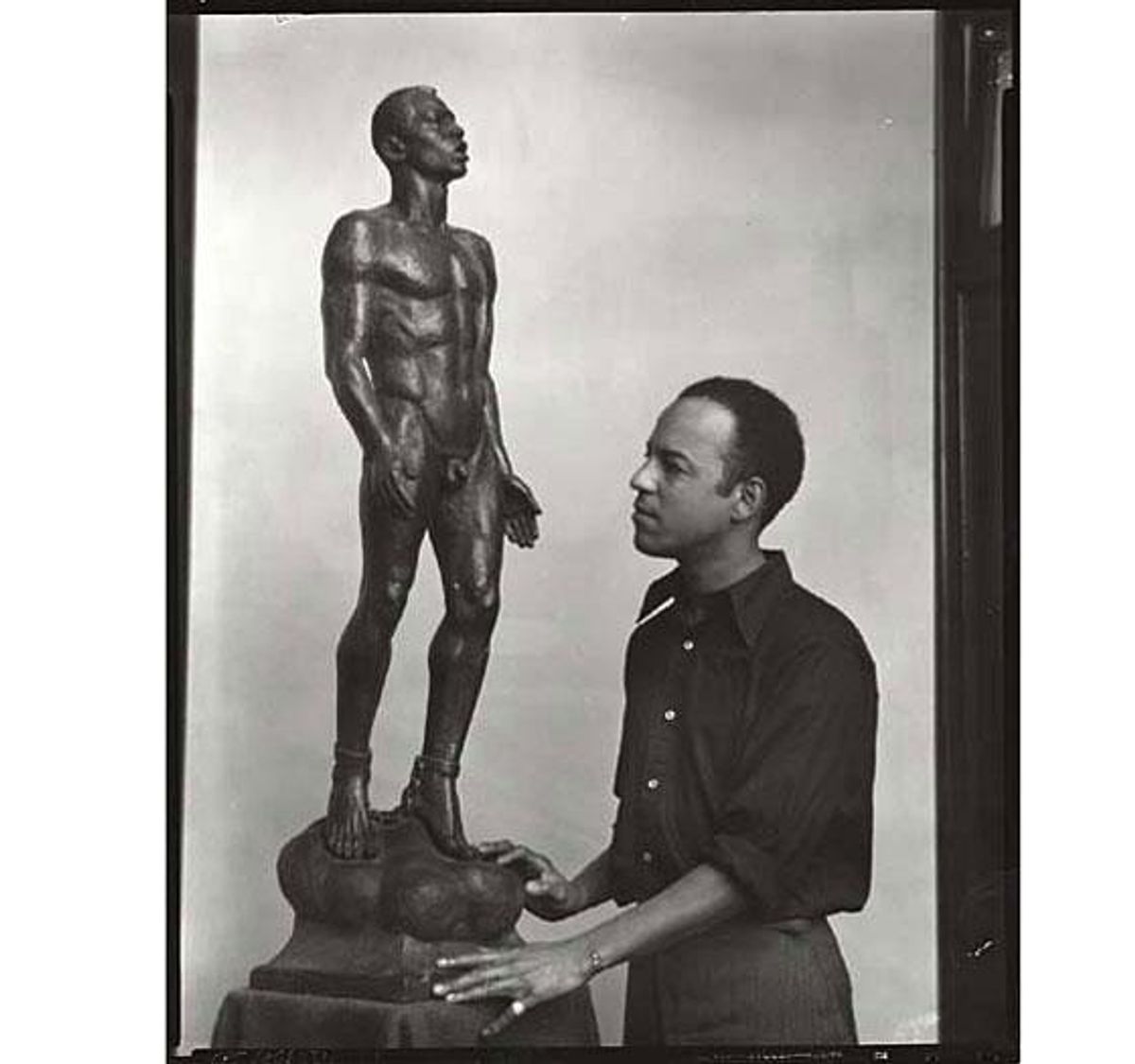
Barthe was a key figure in the Harlem Renaissance in the 1930s; then he crashed into obscurity. Did his homosexuality have anything to do with that?
February 19 2015 8:00 AM EST
November 17 2015 5:28 AM EST
xtyfr
By continuing to use our site, you agree to our Private Policy and Terms of Use.

Barthe was a key figure in the Harlem Renaissance in the 1930s; then he crashed into obscurity. Did his homosexuality have anything to do with that?
Richmond "Jimmie" Barthe (1909-1989) was an African-American sculptor and a key figure in the Harlem Renaissance in the 1930s. That he was also a gay man who expressed his orientation in his work is most likely why he fell into obscurity by the 1940s.
Much of his art depicted African-American men in sensual poses, often nude. Today, his work seems not that confrontational, but in a basically racist, sexually nervous America of the middle of the last century, it is remarkable that his work received the acclaim that it did.
Barthe was born to Creole parents in Bay St. Louis, Miss., and his art brought him out of poverty. A beautiful, bright boy, he was already winning awards for his drawings by the age of 12. Inspired by the neoclassical art he saw in the homes of the wealthy folks he worked for as a houseboy in New Orleans, he developed a lifelong interest in Greek and Roman mythology.
Funded by his local church, he attended school at the Art Institute of Chicago and began to have adult affairs with men who sometimes became patrons. He also had a brief affair with author and actor Richard Bruce Nugent, who was a cast member in Dubose Heyward's play Porgy.
In 1930 he relocated to New York and attended A'Leila Walker's "Dark Tower" gatherings, known as a venue where black and white men and women, often gay, mingled. The photographer and writer Carl Van Vechten was deeply involved with the black community of New York in the '30s and was an ardent supporter of Barthe's work. His reputation grew and his work was included in a 1935 exhibit of African-American art at the Museum of Modern Art.
He had success and fame. He even had a female patron who set up a trust for him that gave him the freedom to work without financial worries. But he was still an outsider in many ways. He was not a part of the white art world, and his uncompromising homosexuality kept him distanced somewhat from other artists of the Harlem Renaissance. His love life was a series of short affairs that never developed further.
Constantly searching for community, he moved to Jamaica only to find himself even more estranged from others. He fell into deep depression and mental illness. Commissions came sporadically, and he met them with varied results, teetering on the edge financially and emotionally.
In 1975 he moved to Pasadena, Calif., and a year later curators at the Los Angeles County Museum of Art included his work in "Two Centuries of Black American Art." The attention to his work, the growing respect of a younger audience to artists of the Harlem Renaissance, and the support of his friends brought Barthe stability once again. He lived out his later years as a treasured part of the art community, dying in Pasadena March 6, 1989.
Want more breaking equality news & trending entertainment stories?
Check out our NEW 24/7 streaming service: the Advocate Channel!
Download the Advocate Channel App for your mobile phone and your favorite streaming device!